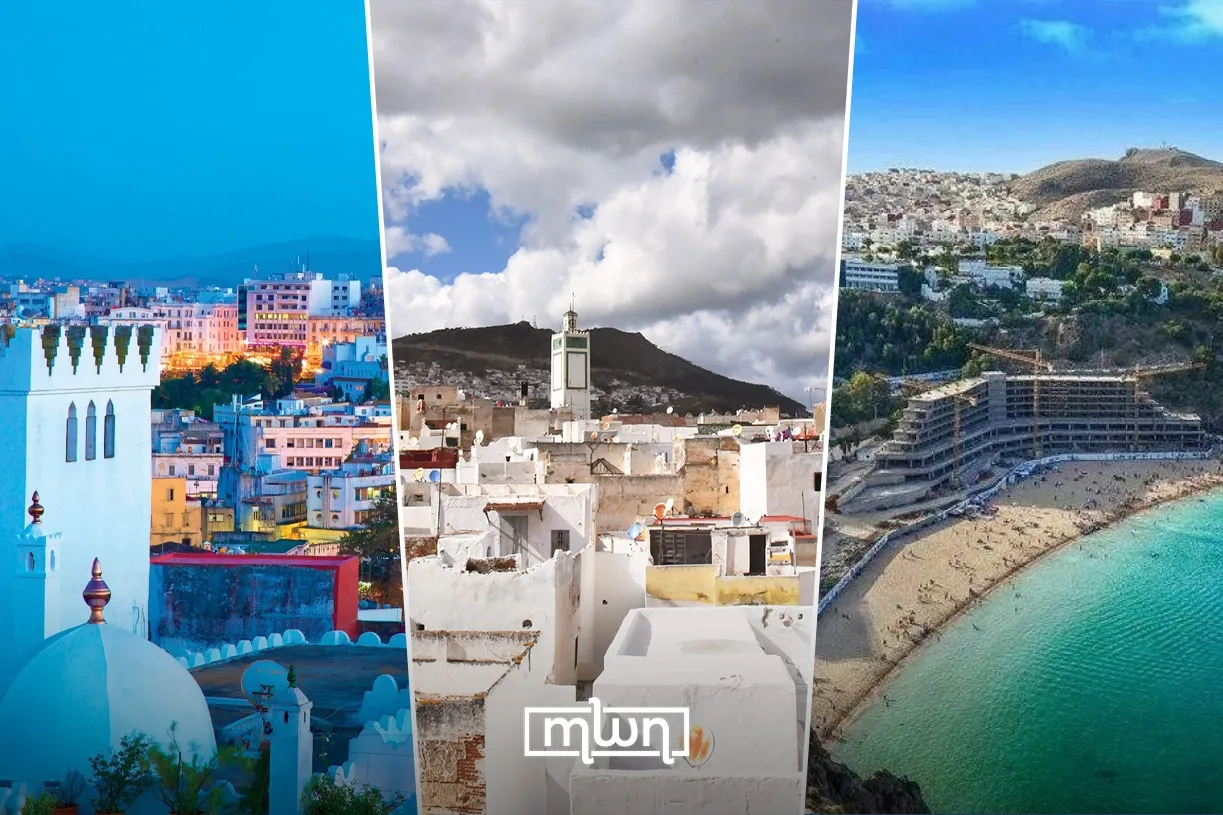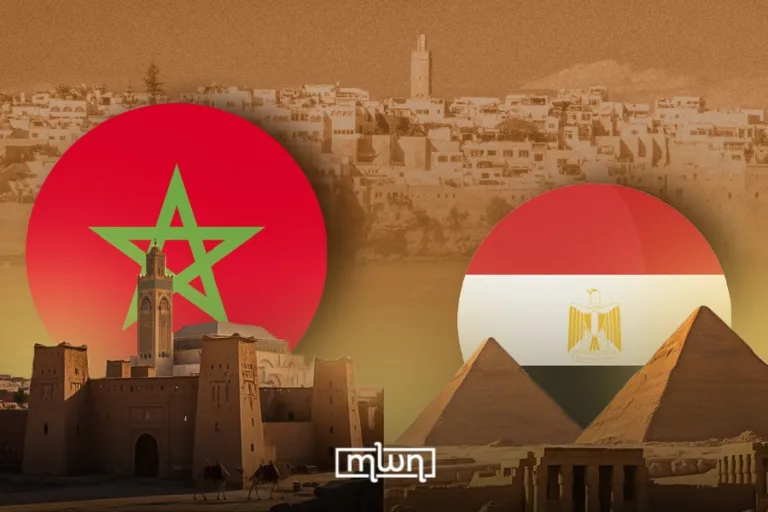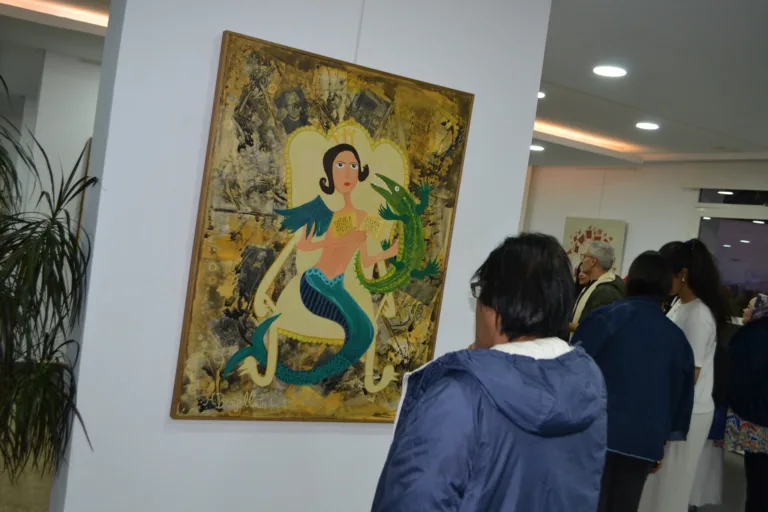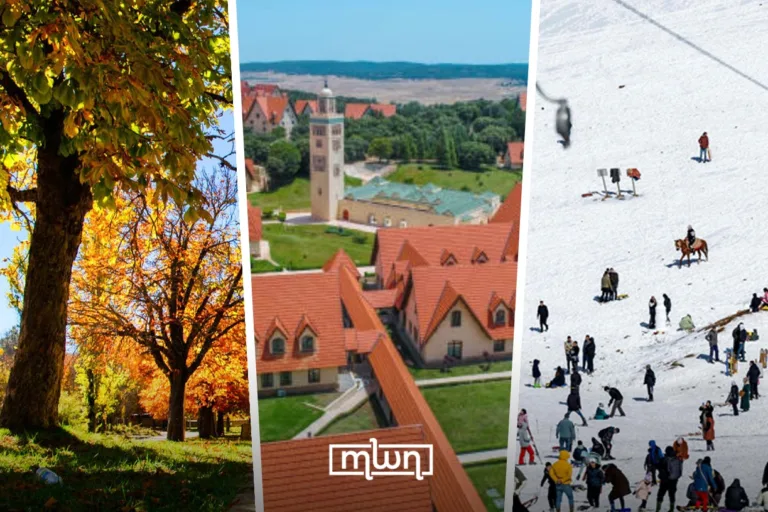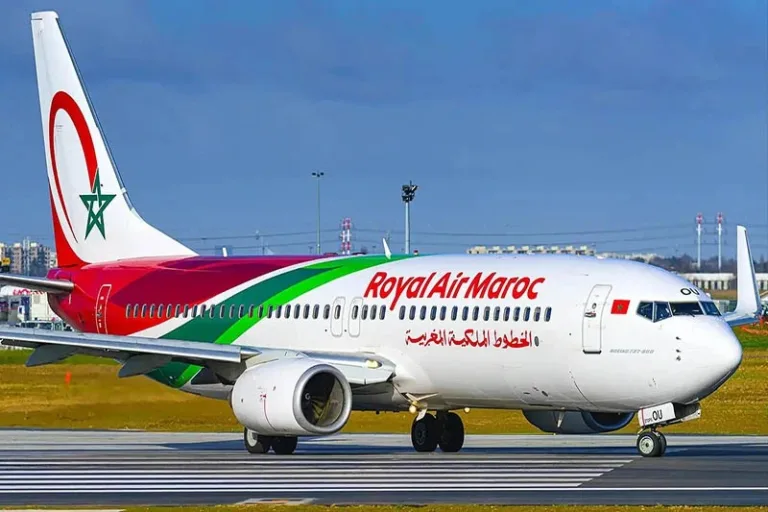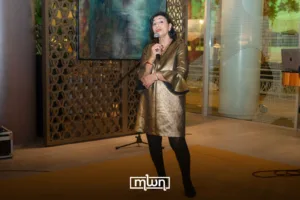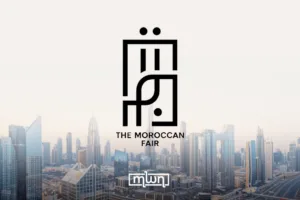Morocco’s northern region offers unique experiences for those wanting to get away. This region offers a unique history, delicious food, and extraordinary experiences – encapsulated perfectly by the cities of Tangier, Tetouan, and Al-Hoceima.
These three cities have great access to the beach, amazing nature, and fascinating historical sites. Combining Arab, Amazigh, and Andalusian culture, the northern areas of Morocco are perfect for a holiday. The landscapes are diverse: lush valleys, national parks, and rugged mountains.
Tangier: historic ‘Gateway to Africa’
Tangier is a historic port city, combining a rich history with both modern and ancient feelings. It is a cultural meeting point between the Atlantic and Mediterranean. Here, Amazigh, Phoenician, Roman, Arab, and Spanish ideas and influence combine to create a beautiful melting pot of cultures.
Top attractions
Kasbah Museum: This museum is the former sultan’s palace with a focus on history from prehistoric times to the 19th century. It has a beautiful Andalusian garden, plenty of exhibits, extraordinary architecture, and panoramic viewpoints.
Hercules Caves and Cape Spartel: The Hercules Caves and Cape Spartel are located very close to each other. They offer amazing sunset views of the ocean near the shoreline and have a fascinating mythology attached to them.
Medina: The medina is the old city’s maze of alleys, markets, cafes, and street life. Here, you will find delicious food options and plenty of opportunities to find souvenirs to bring home.
Best beaches
Ba Kacem: This is a beautiful beach located near the Hercules Caves. This beach offers an incredible view of the Atlantic Ocean.
Achakkar Beach: A less crowded beach perfect for swimming. The fine white sand and calm waters make for a peaceful retreat.
Tetouan: ‘White Dove’
Tetouan is known for its traditional Moroccan crafts, music, and art. Its distinctive architecture gives it the name “White Dove” because of the whitewashed buildings. Tetouan is a city located between the Mediterranean Sea and the Rif Mountains. After the Reconquista, many of the Muslims and Jews expelled from southern Spain settled into the region, influencing the culture and customs of the city.
Top attractions:
Medina: In this UNESCO World Heritage Site city, you will find Andalusian-style streets, shops for traditional crafts, and traditional food. The unique architecture combines Arab, Spanish, and Moroccan influence.
Tetouan National School of Arts and Crafts: This institution not only trains students in traditional crafts, but is also a living museum. Founded in 1919, it reflects an era of craftsmanship and excellency with a mix of artisan styles.
Best nature
Talassemtane National Park: This park in the Rif region of northern Morocco. It offers beautiful forests, rivers, and cliffs to explore. There are plenty of opportunities to hike and really get to know the nature of Morocco.
Bouhachem Natural Park: This park is much quieter than Talassemtane, more secluded, and is filled with beautiful forests, waterfalls, and wildlife. There are a good variety of activities of varying difficulty in this park – from hiking to watching wildlife.
Al-Hociema: Pearl of the Mediterranean
Al-Hoceima is a beautiful coastal city with stunning beaches, turquoise waters, and rugged cliffs. Known as the gateway to Al-Hoceima National Park, this city connects both the land and marine environments. Al-Hoceima offers seaside charm, natural beauty, and a quieter setting.
Top attractions:
Al-Hociema National Park: This is a must-see. The park consists of both land and sea, offering cliffs, forests, and ocean. There are plenty of opportunities for wildlife watching, hiking, and snorkeling.
Boat tours: There are beautiful cliffs, coves, and secret beaches that are only accessible by the sea. In addition to a boat tour, seafood at a local restaurant would make for the perfect addition.
Best beaches:
Quemado Beach: With golden sand, this beach is overlooked by the city, creating a beautiful view of both the city and the ocean. Cliffs surround this beach, making a perfect mix of nature and city views.
Tala Youssef Beach: Its calm waters and lengthy beach area (over 1000m) create a perfect family-friendly atmosphere for a day of relaxation.
Weather expectations and best time of year to travel
For the best weather and avoiding the crowds, the best time to travel to northern Morocco is April-June and September-October. The spring has mild temperatures and a blooming nature. The autumn weather is still warm enough for swimming, but with fewer crowds than the summer. The winter is even quieter, but more likely to see rain and snow in the mountains.
Clothing recommendations
While Morocco is often considered the “South of Europe,” it is still better to dress more conservatively while travelling. The majority of the country is Muslim and out of respect for local customs, it is best to keep shoulders, midrifts, and knees covered. The weather often gets cooler at night, making layers a necessity.
Must-try foods
In Morocco it is necessary to try local cuisines. Tagine, a slow cooked stew, is a classic. On Fridays it is tradition to eat couscous which is steamed semolina with vegetables and meat. In the north, seafood is very fresh. Traditional Moroccan mint tea is a staple of a Moroccan meal. Additionally, the juice is exceptionally fresh in Morocco, making it the perfect refresher after a busy day of sightseeing.

